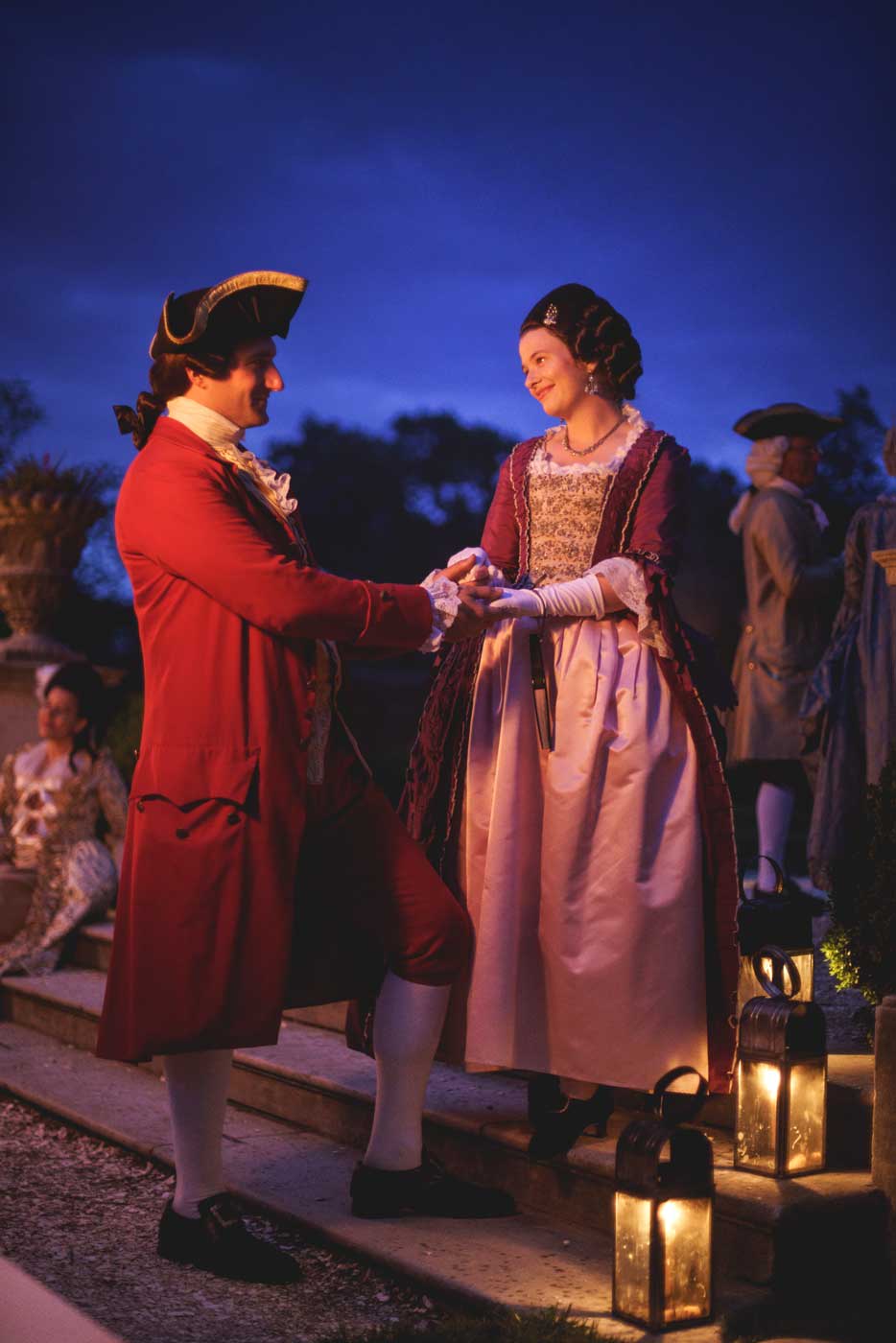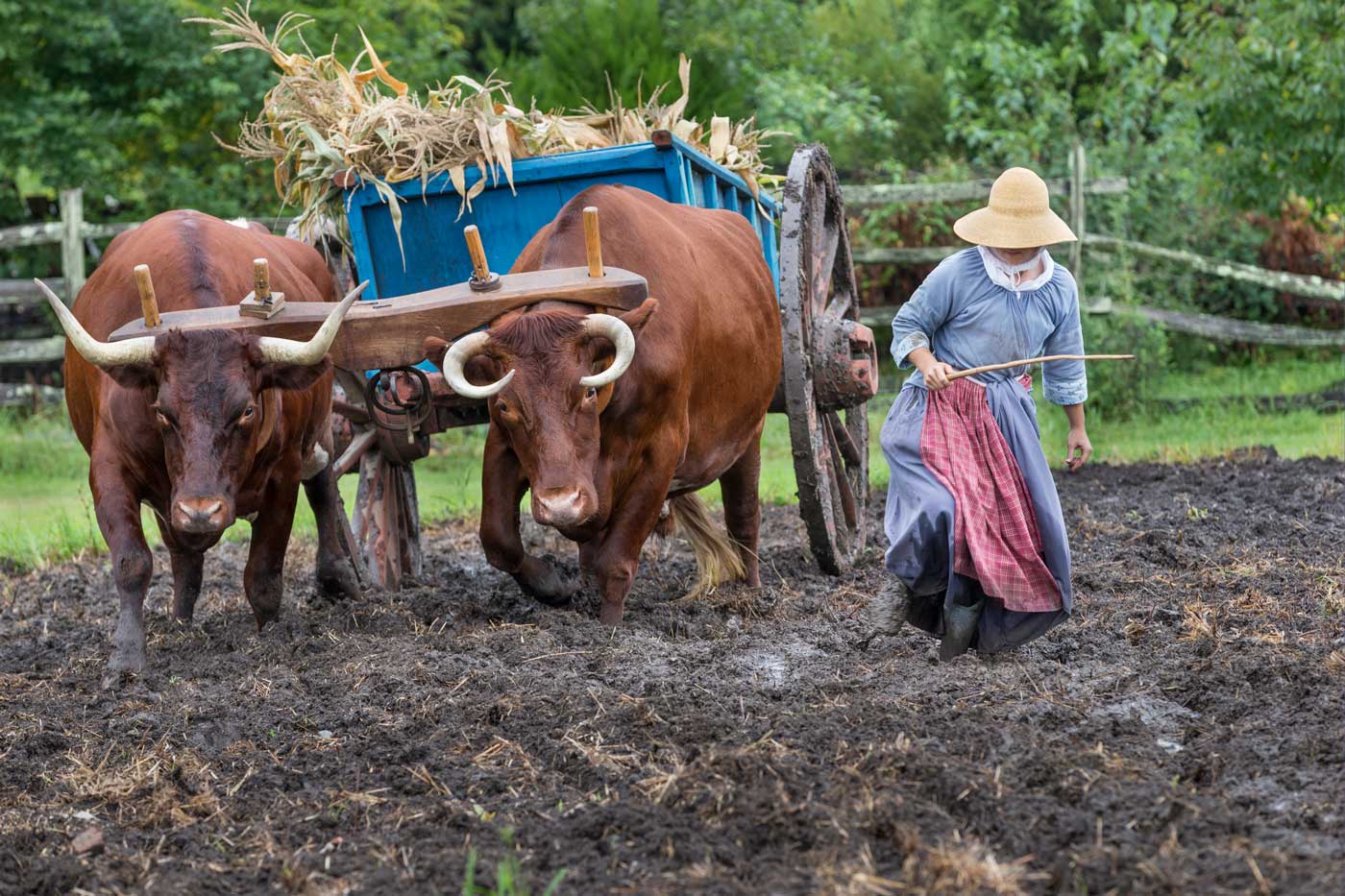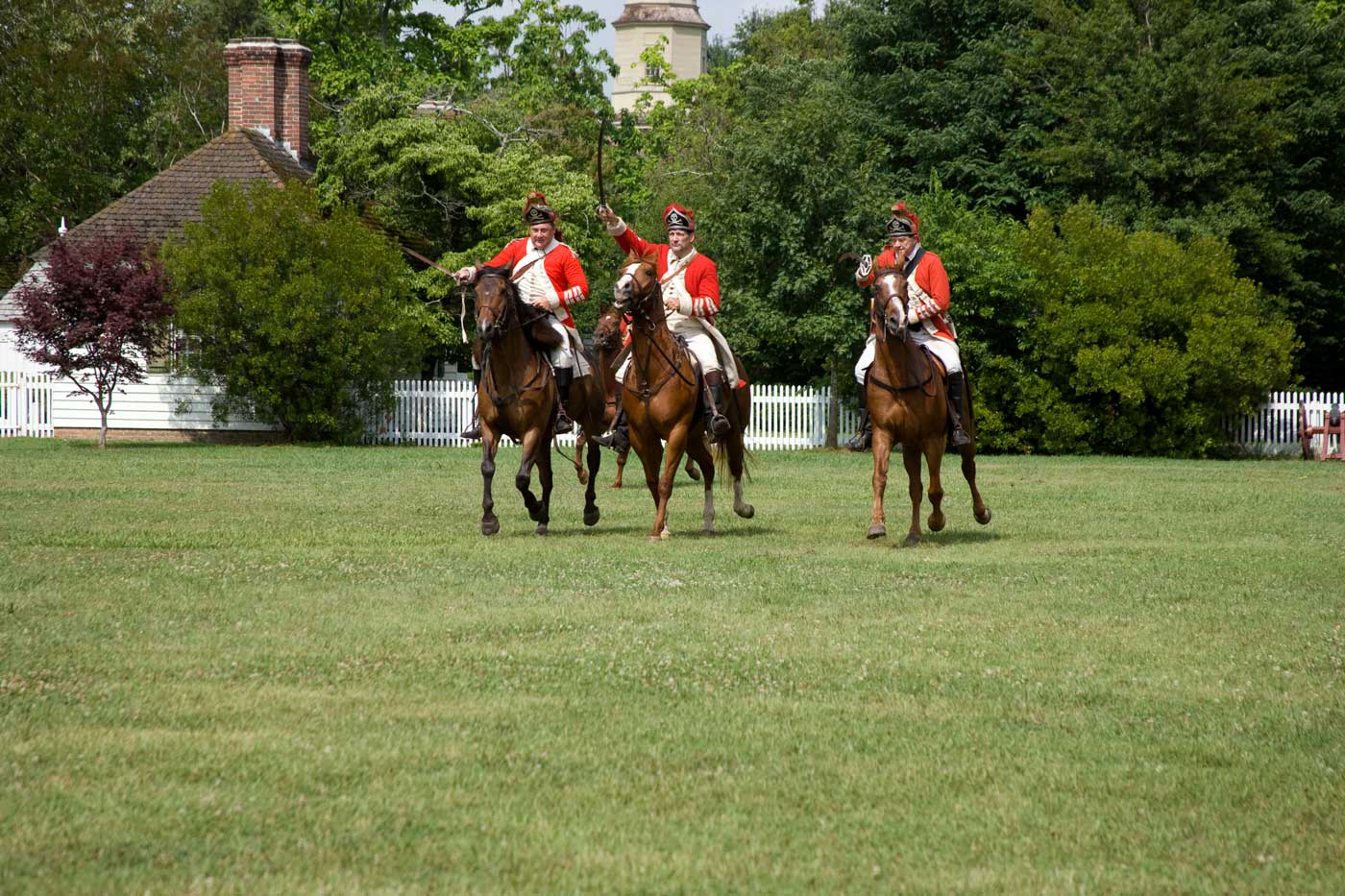CW Historians’ Guide to Writing Historical Fiction
Writing that historical fiction novel you’ve always dreamed about? The historians of Colonial Williamsburg’s Historical Research department often get questions from fiction writers looking to make their work more authentic. To help you, the historians of Colonial Williamsburg have developed some tips and suggestions for authors seeking adventure in 18th-century Virginia.
1) Pick topics you’re interested in and want to learn a lot about
One author had difficulty picking a passion for their gentry protagonist. Eighteenth-century men often “geeked out” about a lot of topics, and she considered architecture, medicine, botany, and law. She evaluated each –architecture was too visual, medicine required a lot of explanation, and botany was boring. She chose law because it’s something she’s always found interesting and got to work reading those 18th-century law books. If you would like more information, take a look at Colonial Williamsburg’s catalog at the John D. Rockefeller Jr. Library.
2) Pick a time period
The 18th century was not the same at its end as it was at its beginning. And it was definitely different from the 19th century. Seeing a woman’s ankles in the 18th century didn’t spark the flames of passion.

3) Pick a place
Research that place. The colonies were not the same as England. The colonies were not interchangeable. New England and Virginia were very different in the colonial period. Laws, politics, and cultural norms varied considerably from colony to colony. The same was true for the American South because of the differences in crops, climate, and systems of slavery. If a writer is deciding between two different places, they should remember that a story about a revolutionary firebrand in New England and a story with the same kind of protagonist in Virginia would be very different.
4) Material culture
Learn it. Live it. Love it. Want to have a tea party? You better know what those cups looked like. What goods surrounded the characters? What were they using every day? What was fashionable? Find out more by looking through the collection at the Art Museums of Colonial Williamsburg.
5) Customs of the country
Speech, deportment, and etiquette were markers of social status in the 18th century. Characters should greet one another appropriately to their station. No finger guns. No “hey, what’s up?” nods. Modern phrases also ruin the atmosphere. Manners were important in the 18th-century, so make sure your characters aren’t boors—unless they’re supposed to be!
6) Slavery
It is essential that depictions of slavery are carefully considered before putting them to the page. Enslaved people were not props or sidekicks, nor were they content to be enslaved. It’s also inappropriate to ignore them altogether – all colonies had slavery. All enslaved characters should be as carefully created as your others.
7) Depictions of individuals
Like the issue of slavery, pay careful attention to depictions of women throughout your work. Women were expected to be competent – weak women were not an ideal. Ideas about what was “manly” were different in the 18th century, too. Gender expectations were also different within each socio-economic group. Remember, not all women were ladies.

8) The exception is not the rule
There were always individuals who didn’t conform. Even today, nobody perfectly matches the ideal. But conformity was valued in the 18th century, so characters who don’t live up to the cultural standards should know (and even anticipate) social consequences. A gentlewoman who married the overseer was looked down on.
9) Mindset
The 18th century wasn’t Little House on the Prairie and it wasn’t the American Civil War. Eighteenth-century people had an outlook on life that was more like ours than like their stuffy descendants’. Colonial Virginians enjoyed bawdy jokes and didn’t romanticize things like death and mourning — they cared, but not the way those creepy Victorians did.
10) Know your world
To create an immersive experience, you should understand the basics of 18th-century life. Knowledge of transportation, food, money and the economy, physical environment (inside and outside), contemporary events, and anything else your characters will see, touch, feel, or taste is a must when creating an authentic experience.

11) Balance the past with the present
The 18th century was a dirty, messy, and sometimes uncouth place. Perfect for gritty fiction, but not for romance novels. You should think carefully when you want to dial 18th century up to 11 or when “authenticity” might be too distracting. Readers of certain fiction genres don’t want a gentry protagonist with a dad bod, who is also missing teeth and reeks of tobacco and manure. But a gentry protagonist who blacksmiths on the side, does pushups, and has all 32 teeth is also bit unrealistic.
Writing historical fiction can be daunting, but it’s a chance to combine your creativity with your love of history. Now get to work! That best-seller isn’t going to write itself!
Colonial Williamsburg is the largest living history museum in the world. Witness history brought to life on the charming streets of the colonial capital and explore our newly expanded and updated Art Museums of Colonial Williamsburg, featuring the nation’s premier folk art collection, plus the best in British and American fine and decorative arts from 1670–1840. Check out sales and special offers and our Official Colonial Williamsburg Hotels to plan your visit.
Online Resources:
Additional Recommended Resources:
- Carson, Cary and Carl Lounsbury, eds. The Chesapeake House: Architectural Investigation by Colonial Williamsburg. Chapel Hill: UNC Press, 2013.
- Carson, Cary. At Face Value: The Consumer Revolution and the Colonizing of America. Charlottesville: University of Virginia Press, 2017.
- Carter, Landon. The Diary of Colonel Landon Carter of Sabine Hall, 1752-1778. Edited by Jack P. Greene. 2 vols. Charlottesville: University Press of Virginia, 1965.
- Fithian, Philip Vickers. The Journal and Letters of Philip Vickers Fithian: A
- Plantation Tutor of the Old Dominion. Edited by Hunter Dickinson Farish. Charlottesville: University of Virginia Press, 1990. Available at Project Gutenberg.
- The Jester’s Magazine. London: S. Blandon. 1767. Available on Google Books.
- Morgan, Phillip D. Slave Counterpoint: Black Culture in the Eighteenth Century Chesapeake and Lowcountry. Chapel Hill, University of North Carolina Press, 1998.
- Mottley, John. Joe Miller’s Jests, or The Wits Vade-Mecum. London: T. Read. 1749. Available on Archive.org
- Towle, Matthew. The Young Gentleman and Lady’s Private Tutor. London: 1770. Available on Google Books. NOT SUITABLE FOR CHILDREN
- Walsh, Lorena S. From Calabar to Carter’s Grove: The History of a Virginia Slave Community. Charlottesville: University of Virginia Press. 2001.
Dr. Kelly Brennan Arehart has been a CW historian since 2018. While working on her doctorate at William and Mary, she wore many hats at the Foundation, including giving tours in costume and working for Teacher Institute. She can also be found on the streets of Williamsburg as storyteller for Haunted Williamsburg.
Dr. Cathy Hellier is a historian in CW’s Historical Research and Digital History department and a long-time member of the Foundation’s Evening Dance Ensemble. Just finishing up the requirements for her doctorate, she plans to enjoy some family time, binge-watch The Great British Baking Show, and re-beautify her gardens.
